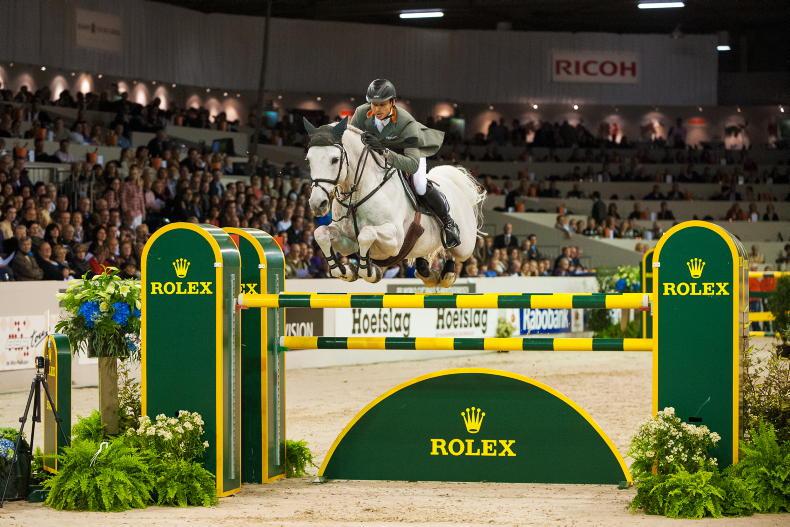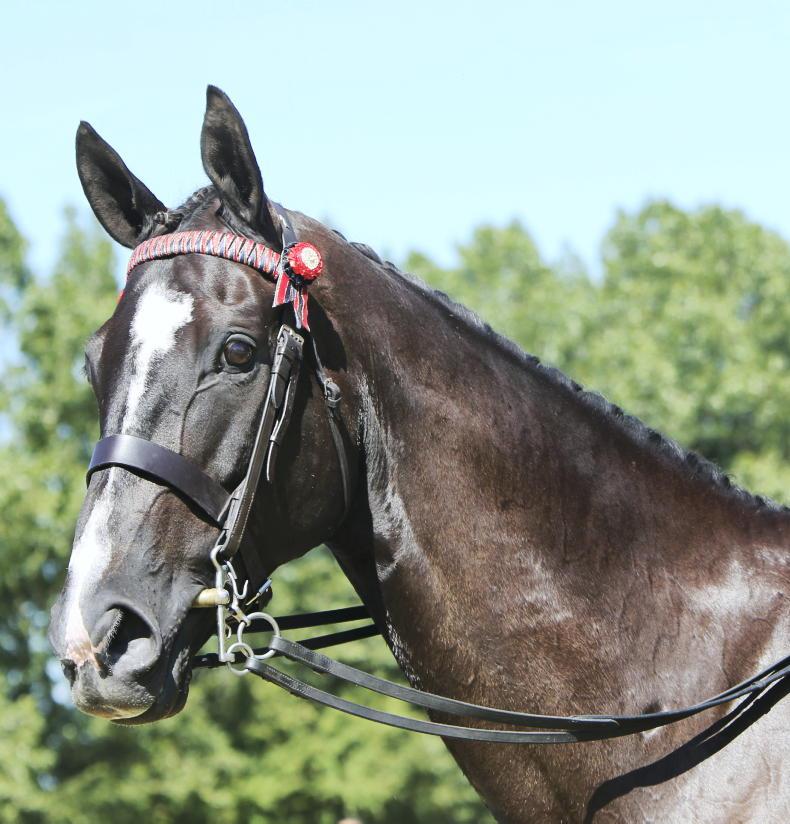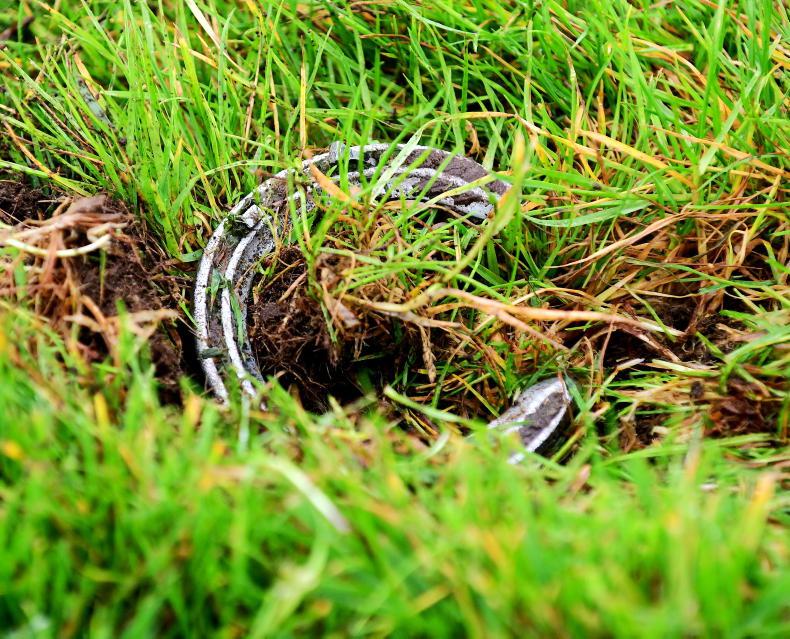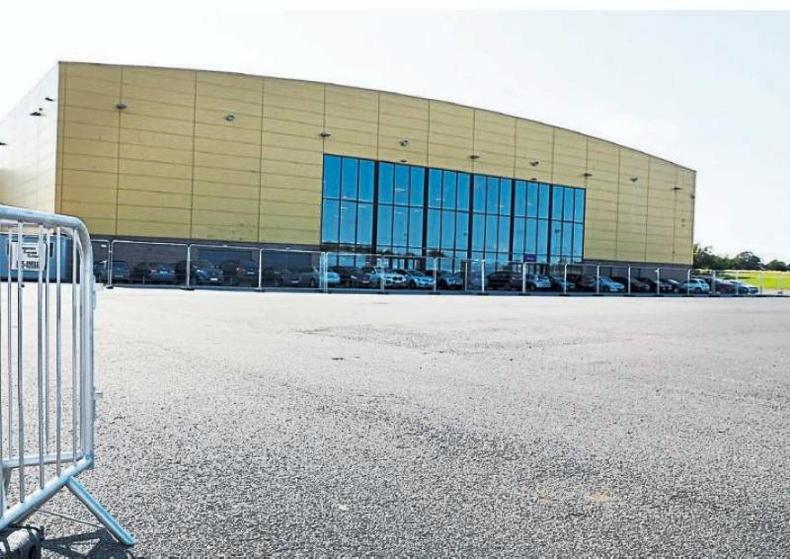TODAY they came to the village and took the horses.”
There are no longer the same numbers of horses involved in warfare, compared to when this diary entry was made during World War II. Tragically, the inhumanity of war continues for humans. Not on the same scale as two World Wars but semantics are no comfort to people in Afghanistan, Syria, Yemen and elsewhere around the world. Ukraine is now on this list.
We don’t seem to learn from history – not some world leaders at any rate – but there are some unfortunate parallels between the Ukraine crisis and World War II. Ironically, Hitler was halted in his tracks by Russia, where the lack of horsepower had much to do with the disastrous Battle of Stalingrad where the tide turned.
Ukraine’s rich ‘black soil’, that led to its reputation as the breadbasket of Europe, and the oil fields of the nearby Caucasus were always a target, as oil supplies were essential for the Third Reich’s tanks, planes and ships.
Or else there was good old-fashioned horsepower. Under the Treaty of Versailles in 1919, Germany’s army was limited to 100,000 troops and the emphasis in horse breeding was for work horses. However, in the 1930s, the state stud farms were ordered to increase numbers – Germany would require 6,000 fresh horses each month in wartime – and students were also offered free tuition in Germany’s veterinary medicine universities to build up reserves of cavalry vets.
That single line entry, dated April 1944, is from a diary that I came across in a village on the German-French border. Along with creased photos of baby-faced conscripts in uniform. Who were “They” that came for the horses? Most likely, at that stage of the war, German soldiers.
At the start of the war, the Germany army was forbidden to supplement numbers by requisitioning horses from farmers and businesses reliant on horsepower. Towards the end of the war, such rules were often overlooked. Across Europe, the best horses were sometimes hidden or caked in mud to make them appear mundane, acts severely punished if discovered.
The fastest and strongest horses went to war first and with them, went the best bloodlines of many breeds. As good as continental thoroughbreds and sport horses are now, consider what it could have been.
For example, there’s the unfortunate story of the 1933 German Derby winner Alchimist, regarded as one of the most influential sires in German racing history. He was based at Altefeld stud farm, repurposed in 1941 as an “Army Thoroughbred Stud” and where the best of seized Polish and French bloodstock, (some the property of the Rothschild family and Aga Khan) was sent back to.
Reports of his fate vary. With the Russians advancing in 1945, one report suggests Alchimist was amongst a group of thoroughbreds that trekked westwards but were refused entry at a border crossing, manned by U.S. troops. Another that he was captured by the Russians and was shot after balking at being loaded.
Retaliation was rife between German and Russian forces. When the German Army invaded the Soviet Union during Operation Barbarossa in June 1941, there were 11 million horses within the area it then controlled. An estimated seven million were killed or seized by the Germans.
Spreading lies
Propaganda gets rolled out in every war. One of the greatest myths sprang up at the very start of World War II: that the Polish cavalry attacked German tank units at Krojanty on September 1st, 1939. The reality was they had charged infantry units until retreating when German armoured units appeared on the scene.
German war correspondents and two Italian journalists were brought to the battlefield the following day where they were shown dead Polish cavalrymen and horses, as well as German tanks that had arrived there afterwards. Thus began the myth, as described by one Italian correspondent, of the valiant Polish cavalry charging the German Panzers with their lances.
Similarly, film reels of German convoys, with Luftwaffe air support flying overhead, sweeping into Russia during the summer of 1941 painted one picture. The other more realistic one was of an army still heavily reliant on horsepower for munition and food supplies. Some 75% of Germany’s 6th Army that laid siege to Stalingrad depended on horse transport.
Eventual surrender
Later surrounded by the Red Army, supplies soon ran out. Minus-40 degree Russian winters, low fuel reserves and bombed airstrips meant only sporadic airdrops of supplies got through. Many of the 12,000 German horses kept within the city were used to feed the starving soldiers before the General Field Marshall Paulus surrendered to the Russians on February 2nd, 1943.
There are good people in every country just as there are noble soldiers in each army. Filter propaganda. There are lessons to be learned from these broadest of brushstrokes about the last major war involving horses.
Ironically, Germany is now the EU’s largest economy. Another illustration of how the wheel turns full circle was the open day at the Marbach state stud in 2011. That year it was the turn of French breeds to travel to Germany as four-legged guests at the event. And pictured alongside the flags of once sworn enemies was an arrangement of sunflowers, Ukraine’s national flower. A symbol of hope for the same peace in the future?


 This is a subscriber-only article
This is a subscriber-only article
 It looks like you're browsing in private mode
It looks like you're browsing in private mode










SHARING OPTIONS: